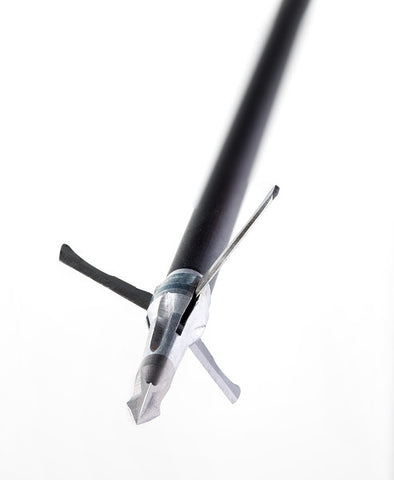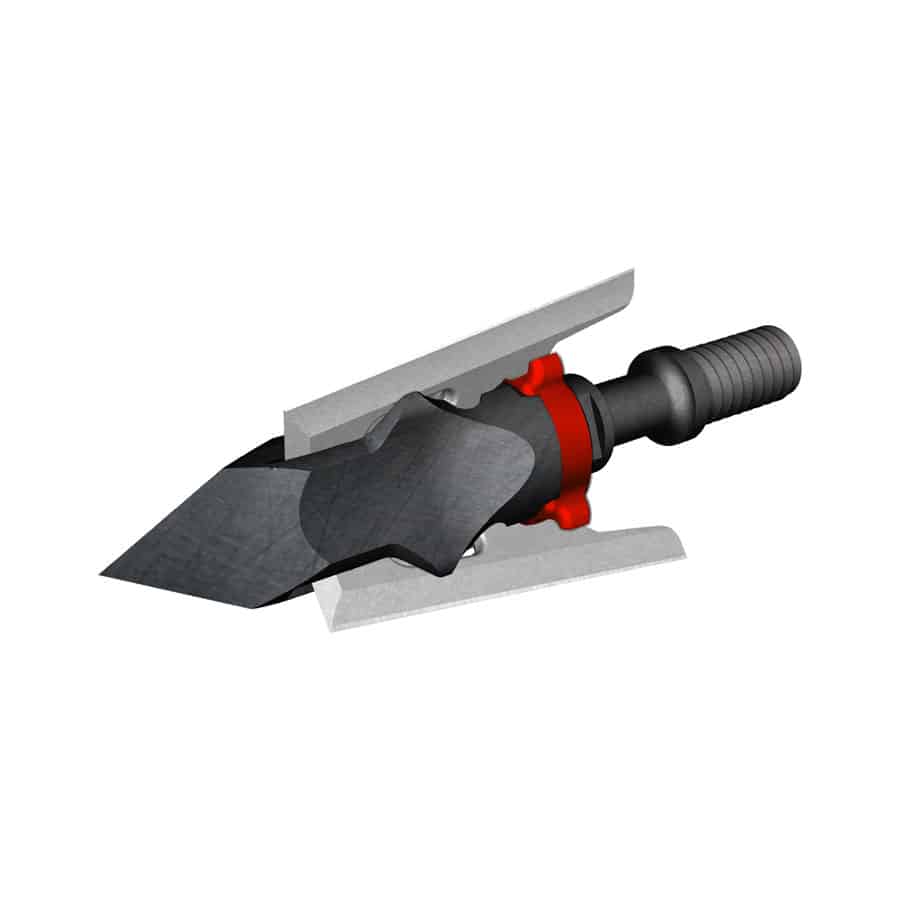
Because of those differences, they are capable of different mechanisms to cause death. The major difference between broadheads and bullets when it comes to shot placement is that the two function differently. This is the basis for the area we target on an animal to produce the fastest means possible to starve the brain of oxygen and cause death. These means are known as “mechanisms of incapacitation,” such as “hemorrhaging” or “venting” of air. It sounds simple enough, but there are many ways to starve a deer’s brain of oxygen and some ways are faster than others. That was something I wasn’t prepared for that day (now many years ago), but it is something that has become all too commonplace with today’s high-speed arrow launchers.īecause of the excessive speeds that today’s crossbows are generating, broadhead flight characteristics, accuracy, and performance are paramount in getting the most from your setup.ĭeath by crossbow and broadhead is caused by a lack of oxygen to the brain. The speed of the crossbow had made it difficult for me to see where the arrow had impacted. I located the heart-shot buck a short distance later, piled up in a small stream. The arrow was covered with blood, revealing a lethal hit. I let out a huge sigh of relief, flagged it, and returned to search for the arrow again. After only 10 yards, I found my first drop of blood. I started moving slowly in the direction the buck had traveled. Apparently, while my attention was focused on the lighted nock, the arrow deflected in another direction. Nevertheless, I still could not find the arrow.
#Crossbow broadheads crack#
That had to be what the arrow had hit, causing the loud crack and the dislodging of the nock from the arrow. After investigating the protruding root, I could see where a fresh chip had been taken out of it. There was no visible indication of anything amiss where the buck had been standing other than a big root I hadn’t noticed from the stand. So, I went back to the area where the buck was standing at the time of the shot. Much to my surprise, it wasn’t the arrow, at least not the intact arrow-I was only the lighted nock. The arrow would tell the tale, and the lighted nock was still clearly visible, so I bypassed the area where the buck had been standing and walked directly to the arrow. All of the sights, sounds, and actions of the event added up to a clear miss, but it was time to get down and investigate. I never saw the arrow hit or miss the buck I only saw the flash of the lighted nock beneath it. There was no hollow thunking sound, no mule kick, just the loud crack of the arrow hitting something hard then careening through the woods. I could not believe I had missed the buck. I replayed the shot over and over in my head. I hung the crossbow on its hook then sat down in utter shock and disbelief at what had just transpired. The buck immediately bolted, apparently unharmed, and with no intention of sticking around to see what all the commotion was about. At 25 yards, my inner self screamed “shoot!” but the calmer part of me said to give the deer two more steps and wait until he extends his front leg.Īt 23 yards, I unleashed the arrow and watched in disbelief as the lighted nock appeared to sail under the buck, then careen loudly off something to travel another 20 yards beyond. Instantly, I shouldered the crossbow and moved the safety to off.

If it held course, the animal was going to walk right past me. I caught a glimpse of a deer moving slowly in my direction through some thick brush at 30 yards, just before the deer was obscured by the brush, I could make out a large set of antlers. It had been daylight for only 15 minutes, and I was already starting to shiver.

The morning dawned a much colder one than expected, and as daybreak neared, I began to wonder if I had dressed accordingly.


 0 kommentar(er)
0 kommentar(er)
